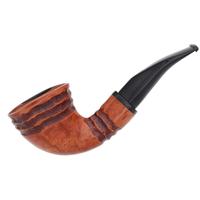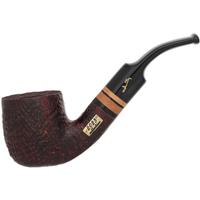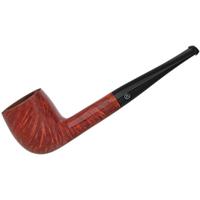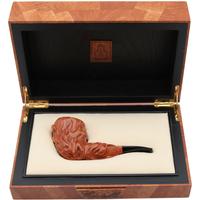The Pipe and Tamper podcast, Episode 6 interviewed tobacconist Jim Simon of Hill & Hill Tobacconists of Grosse Point. Right in my neck of the woods of America's mitten.  It's now been open more than 50 years. Here is what Jim said in the segment talking about why older pipes are better, which I transcribed
It's now been open more than 50 years. Here is what Jim said in the segment talking about why older pipes are better, which I transcribed
Is Jim actually right?
 I happened to briefly get into a minor gentlemanly kerfuffle with another pipesmoker elsewhere on the web today that informed me ALL briar is subject to a "long" cure and there were only a few "short lived processes" that are no longer practiced like oil curing. This pipesmoker also said that the curing stops the wood from splitting, AND removes a nasty tasting sap from the wood. This man hiself was smoking a NEWLY made pipe from 30 year aged briar.
I happened to briefly get into a minor gentlemanly kerfuffle with another pipesmoker elsewhere on the web today that informed me ALL briar is subject to a "long" cure and there were only a few "short lived processes" that are no longer practiced like oil curing. This pipesmoker also said that the curing stops the wood from splitting, AND removes a nasty tasting sap from the wood. This man hiself was smoking a NEWLY made pipe from 30 year aged briar.
1. What is Jim Simon referring to AND is he referring to it correctly?
2. Is there really a 1995 cutoff year for Estate Pipes?
3. Should the same tobacco taste subtly different in 50 different pipes -differing ONLY in manufacturer, not shape/etc?
4. How long does it take in mass manufactured pipes? The pipes of sort, with "No Age Statement" like NAS bourbon. Is it really 2 months?
"ALL the others use lacquer, which we called 'hot Wax' when it came out in the late 70s. A pipe with a perpetual shine is gonna burn hot, drilled right or not because it holds in the pores. It can't breathe. THAT and the cure. Every factory. EVERY individual factory had different things they did to the wood. All briar then, and today is bought from briar brokers. I'll talk a little about that:
In 1960 the briar brokers realized their Algerian sources were gonna terminate. So they went hunting and found a ton of it in Greece which is where most of it comes from today. The briar comes to the factory. The factory puts it all in a shed. In the old days, the family members ONLY -no foreman. Cause they can quit you and go down the street to another pipemaker and tell him 'this is what he does'. They would puree in the home different concoctions of herbs, liquors, wines, fruits, vegetables and then go 2-3 days a week into the shed and swab all the wood.
Those words were burned like rim char on the bowl of my skull. "They do not cure the wood today." However... what I didn't remember was that Jim Simon said if he WAS wrong, then it wasn't more than two months time. Obviously of course, he is a tobacconist but NOT a pipemaker of course.So if a man came in today and said 'I own 50 of my fathers and my grandfathers pipes, and before I found you Jim... I bought some new pipes and they don't taste anywhere near as good with the only blend I smoke.' And the result is because of the different cures before 1995. If you had 50 pipes and smoked nothing but ONE blend its gonna reflect differently in every pipe. That does NOT happen today, they do NOT cure the wood today. And if I'm wrong on that -it's not more than 2 months, because they wanna get their money outta the bag of briar and start making pipes."
Is Jim actually right?
1. What is Jim Simon referring to AND is he referring to it correctly?
2. Is there really a 1995 cutoff year for Estate Pipes?
3. Should the same tobacco taste subtly different in 50 different pipes -differing ONLY in manufacturer, not shape/etc?
4. How long does it take in mass manufactured pipes? The pipes of sort, with "No Age Statement" like NAS bourbon. Is it really 2 months?












